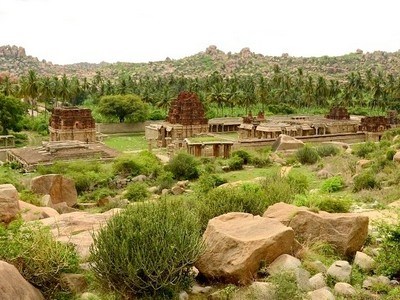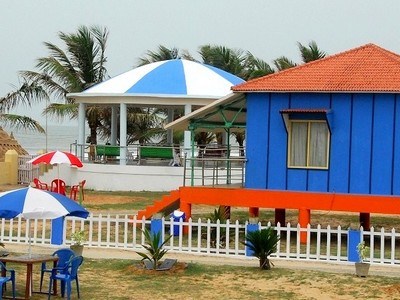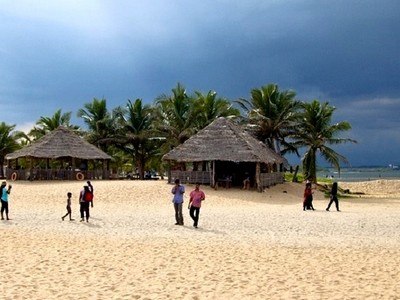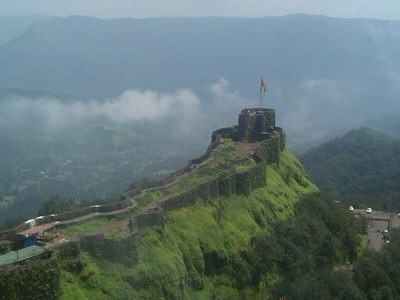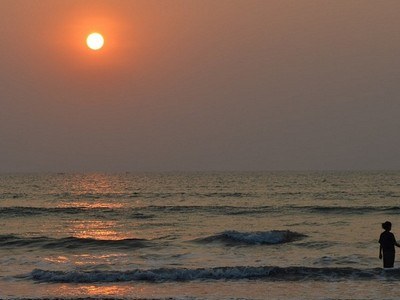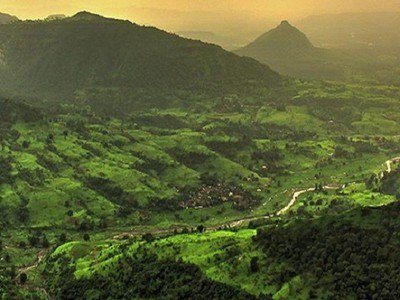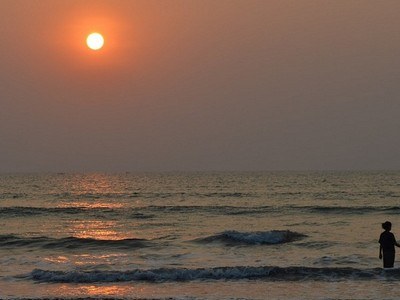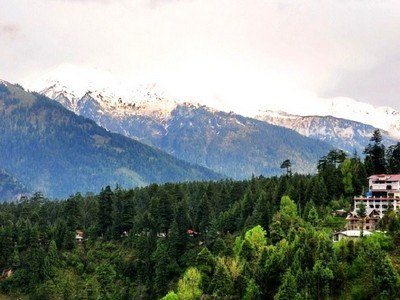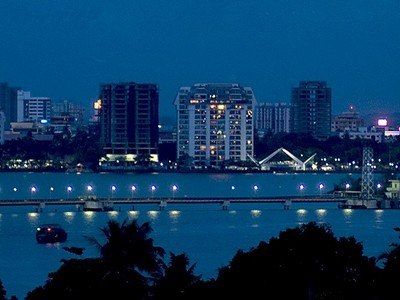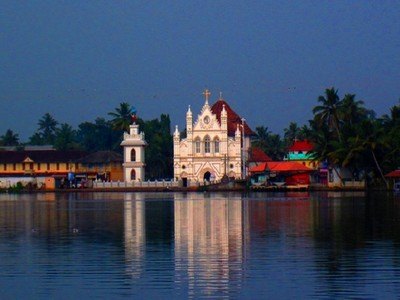At a distance of 60 km from Shillong, 63 km from Nongkrem, 81 km from Cherrapunjee, 104 km from Mawlynnong, 107 km from Dawki, and 152 km from Guwahati, Mawsynram is a scenic village located in East Khasi Hills district of Meghalaya. It is the wettest place on the earth and among the best places to visit in Meghalaya.
Situated at an altitude of 1400 m, Mawsynram is the rain lover's paradise as it receives the highest rainfalls in India. With 11,872 mm of rainfall received annually, Mawsynram beats Cherrapunji by a slender margin. Cherrapunji receives 11,777 mm of rainfall. The rains are so intense in Mawsynram that the villagers use thick grass to sound-proof their homes from the thunderous rain. The 'Maw' in Mawsynram is a Khasi word meaning 'stone'. It symbolizes the unique megaliths unearthed in the Khasi Hill area.
Apart from rains, Mawsynram is also known for lush green vegetation, floating clouds, roaring waterfalls and the colourful orchids. Mawjymbuin Cave, Mawlyngbna Village and Jakrem are the top places to visit in Mawsynram. Also, the Mawsynram tourism is known for the secretly placed caves and the adventure sports activities.
Guwahati Airport is the nearest major airport which is about 163 km from Mawsynram and is well-connected by flights with cities like Kolkata, Mumbai, Delhi, Hyderabad, Bangalore, Chennai and Jaipur. About 153 km, Guwahati Railway Station is the nearest rail head to Mawsynram which has direct trains from Kolkata, Delhi, Agartala, ...
...read more








